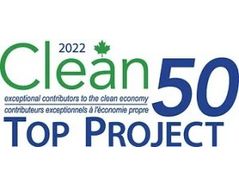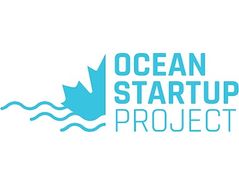
Swordfish Energy Corporation
Swordfish Energy Inc. is specifically focused on renewable clean `blue` energy, and the valuable by-product of commercial hydrogen production through the use of its hydrokinetic turbine design. Swordfish horizontal axis and bi-directional turbines are the most advanced, and efficient underwater turbines in the industry. They are well suited for deployment in more locations worldwide, including deep water, nearshore, and river environments, to produce clean, dependable energy
Company details
Find locations served, office locations
- Business Type:
- Manufacturer
- Industry Type:
- Renewable Energy
- Market Focus:
- Globally (various continents)
- Year Founded:
- 2020
About Us
What is Swordfish?
Swordfish Ene4rgy Inc. is a purpose-driven enterprise focused specifically on renewable clean energy through the use of its disruptive underwater turbine design. Swordfish Horizontal Axis, and Bi-Directional Turbines are the most advanced underwater turbines in the industry. They can operate in more locations worldwide, including deep water, nearshore, and river environments producing clean, dependable energy up to 2 megawatts per unit, or gigawatts when established in arrays. Swordfish energy output can be predicted years in advance operating at 90%+ efficiency, more than double the efficiency of solar
Swordfish turbines are easier to install and maintain making the cost of ownership far more practical and less expensive than typical propeller-style turbines. The gentle rotation of the self-cleaning hydrophobic 'wings' provides safe passage for sea life while discouraging crustaceans and other sessile growth and repelling sub-surface debris.
The automatic self-leveling mounting cradle for Swordfish ocean-based turbines are permanently affixed to the seabed and designed to promote reef and plant life growth, making Swordfish the most universally usable underwater turbine in the industry without sacrificing energy output.
Awards

McGill University nominates Swordfish Energy for Prince William and The Royal Foundation's 2023 EARTHSHOT PRIZE, the most prestigious global prize for the environment in history
Swordfish Energy was a late entry to the Canadian Clean Tech competitions held in 2022, and as such, only two competitions were available. We won in both!
2022 Clean 50 Top Projects

Winner
This 2022 Clean 50 competition sponsored by Foresight, Canada's most prestigious Cleantech accelerator, evaluated 700 entries and selected Swordfish as one of the Top 50 'Most Investable' Companies in Canada.
Ocean Startup Project

Winner
This 2022 Cleantech competition sponsored by Canada's Ocean Startup Project, a national Cleantech accelerator, This prize brought substantial recognition to Swordfish technology.
The Earthshot Prize 2024

In 2023, Canada's prestigious McGill University nominated Swordfish Energy for Prince William, and Sir David Attenborough's world-renowned Earth Shot Prize.
We are proud to announce that Swordfish Energy has received the nomination again, for 2024.
Prince William speaks eloquently on Climate change
Launched by Prince William and The Royal Foundation, the Earthshot Prize is the most prestigious global environment prize in history, aiming to find new solutions to the world’s biggest environmental problems.
